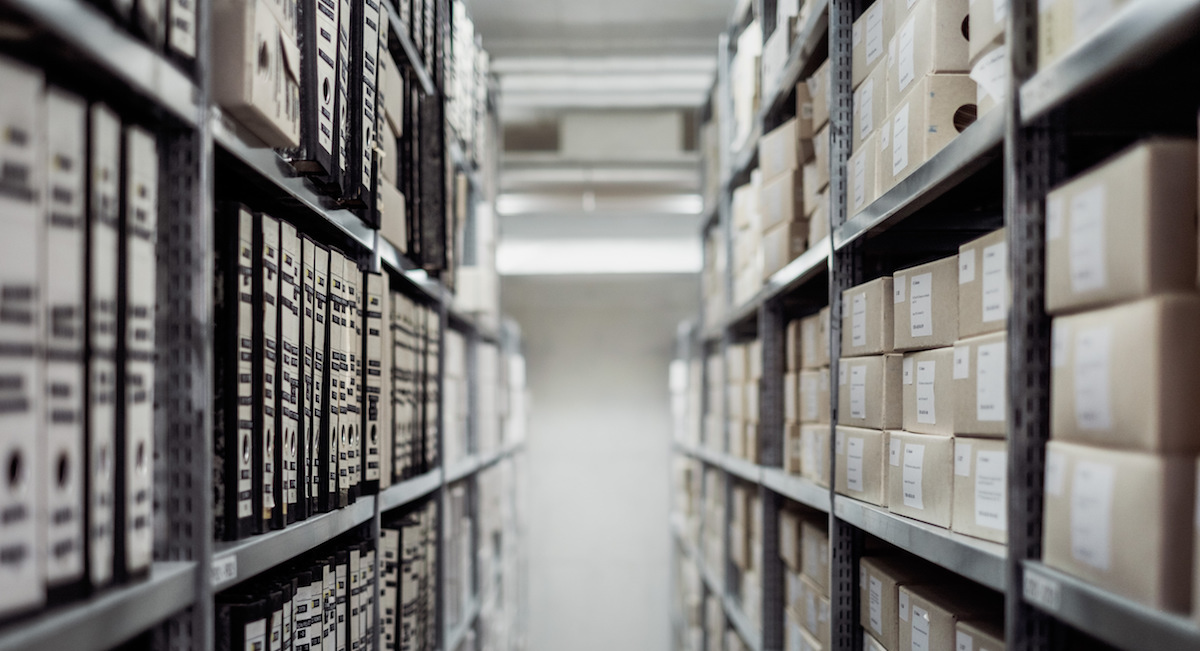How Much Are Paper Forms Costing You Each Year?
The use of paper files has been declining steadily over the last few years, but many healthcare clinics still rely on them. Chances are that even if your system is digitized, somewhere in your office there’s a filing cabinet or two dedicated to paper documents.
While it may feel like a monumental or even impossible task to eradicate every shred of paper and go completely digital, there are a few good reasons to make the attempt; the biggest one, of course, being cost.
In terms of usage alone, paper is expensive. The average office worker in the U.S. uses 10,000 sheets of copy paper each year, which is equivalent to roughly 4 million tons nationwide.
Additionally, the costs of ink, toners and machinery (printers, copiers, etc.) can also make a significant dent in your bottom line. Sadly, most people are unaware of how much paper they waste and the associated costs, which means that many are not paying attention to the financial impact until it’s too late.
To make matters worse, the obvious costs are not the only thing that will eat into your budget. There are other ways that paper forms impact your bottom line, including time loss and the costs of space and accessibility.
[content_upgrade cu_id=”830″]Here are 5 Tips for Reducing Paper Waste In the Office:[content_upgrade_button]Click Here[/content_upgrade_button][/content_upgrade]

Time Loss
If the time loss associated with paper forms was more objectively noticeable, many businesses would have digitized eons ago. Unfortunately, it’s one of those things that slip under the radar because it’s accepted as standard practice.
Maybe a patient asks a question and you get up from your desk, slip into the filing room, search for their file, grab it, finger through the file until you find what you need and then return with the correct information.
Because the whole process only takes a few minutes, you don’t really notice the burden. But even if you do that only once or twice a day, that time loss can add up.
Just 10 minutes of your workday spent rummaging through files averages to 40 hours wasted each year – one whole work week just for paper processes.
That’s a modest estimate, too. Studies show that around 20% of an employee’s time can be spent routing, copying and filing paper documents, and that doesn’t include time spent looking for lost files and forms or reorganizing or updating patient information throughout the year.
Storage Space
Another often-overlooked expenditure is the space required for storing all of those forms. This is especially pertinent to medical and healthcare offices that require files to be kept for several years, even if a patient stops coming.
Very small practices may get away with a file cabinet stashed away in the corner, but chances are good that any decent sized practice has a dedicated room for keeping files secure, and larger clinics may have several rooms for that purpose.
According to MultiBriefs, 50-70% of office space on average is devoted to filing and storing documentation. Consider too that even a small filing storage system can cost around $300 and requires around 20 sq. ft. of office space.
Onsite storage also comes with its own set of security concerns. Contrary to popular belief, not all security threats happen digitally. In fact, privacy breaches are often the result of lax protection and security measures in file rooms that can be easily accessed by employees (most thefts happen internally, and you can’t always put a password on the door to the file room).
One radiology center in Florida learned this the hard way when their paper records were stolen and later found scattered in the streets. Roughly 483,063 individuals were affected as patient names, addresses, Social Security numbers and other sensitive information was exposed.
Even if documents aren’t stolen for nefarious purposes, they can easily be lost in a move or simply by falling down behind a filing cabinet. Considering that finding a lost document costs an average of $120 per file, and 7.5% of all company documents are never recovered, keeping paper files on site is both a liability and a burden on the bottom line.

Lack of Accessibility
Accessibility is another invisible factor that can eat away at costs. Last year alone, 34% of all healthcare workers were either partially or fully remote, and that number continues to rise. While not all healthcare roles can be remote, many healthcare practices are allowing administrative employees the option of working from home.
This means that it would be near impossible for a remote employee to access paper forms, however, unless they took files home with them (which should never, ever happen, of course).
But even if your office had no remote workers, there’s no guarantee that employees will have access to paper files when they need them. Simply being locked out of the storage room can cause delays in workflow.
What happens if someone needs access to files but the office manager who has the key is running late? What if a front desk staff member needed to work from a different location in the office or from home?
While these things may seem like a small inconvenience, remember that small inconveniences can add up over time to something significantly more measurable. Having the ability to remotely access files if necessary can solve a lot of headaches when those “what if” moments actually do happen.
Final Thoughts
If you were to measure the costs of paper forms in terms of supplies alone, the costs are fairly significant. Paper, toner and ink can cost hundreds or even thousands of dollars depending on the size of your office and how many patients you see. Not to mention the environmental costs to produce and sell the paper.
Beyond that are the subtle costs that add up over time, too. Trudging back and forth from the file room, scanning and reading files for the information you need and making sure everything is stored in the proper location can result in weeks of lost productivity.
Storing files can eat up space, which may affect costs for those in smaller clinics or those who want to expand their practice. And it can be difficult to access paper forms remotely, which can hinder workflows and contribute to further time loss and security concerns.
So what’s the total cost of paper forms? While exact numbers may vary from company to company, the answer is still obvious: way more than necessary.




